Swiss tell of horror in the trenches of 1914-18
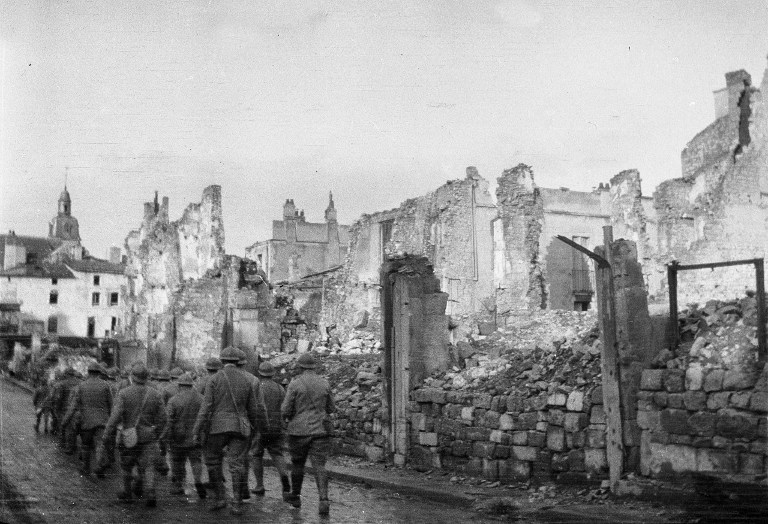
The First World War, which marks its 100th anniversary this year, saw thousands of Swiss join up to fight alongside the French. From Blaise Cendrars and Valdo Barbey to Edouard Junod, many left poignant accounts of life in the trenches.
September 28, 1915. In the north of Marne in north-eastern France, the 2nd Marching Regiment of the French Foreign Legion launches an assault on the Navarin farm, held by the ‘Boches’ (Huns). Around 3.30pm, under relentless rain, Corporal Sauser is mowed down by the German infantry. He loses his right arm.
“A human arm, dripping with blood, a right arm sliced off above the elbow whose hand is still alive and grappling at the soil as if hoping to take root,” recounts Sauser, alias Blaise Cendrars, in his book La Main Coupée (The Cut Hand).
Several trenches away on exactly the same day, September 28, Captain Edouard Junod sends word to his sister.
“I’m writing in the dark. It has been a terrible day. We advance slowly. Our adversary is tough, his admirable artillery overwhelming us without a break and suffocating 140 men. No relief day or night. It’s raining. A little bit of light. A pale sun shivering. Excellent morale. I don’t understand how I am still standing.”
That afternoon, Junod, from Geneva, fell, “struck by bullets from machine guns fired by Germans hidden in the woods”, recounts the journalist Paul Seippel. Junod was dead at 40, following a war that was short but of a violence previously unheard of.
One enlisted man, one mercenary
A world separated Cendrars from Junod. Cendrars, a poet and novelist born at La Chaux-de-Fonds, enlisted voluntarily. In August 1914, he signalled his intentions in a column for the Parisian press: “Foreign friends of France feel the imperative need to offer their arms.” Cendrars fought first in Artois and then in Champagne.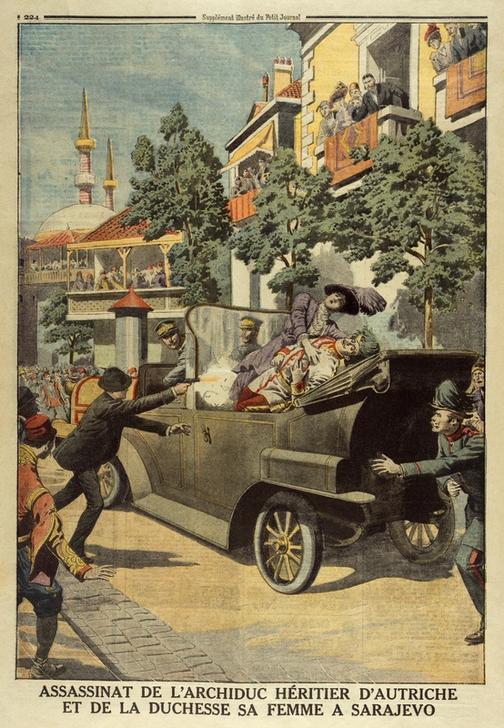
More
Outbreak of war revealed divisions among the Swiss
Junod was a mercenary in the old Swiss military tradition. An officer in the Swiss army, he joined the Foreign Legion and fought in Morocco, Tonkin and Madagascar. His contemporary Albert Erlande described him in May 1915 as a tough guy during the murderous battle of Artois:
“Captain Junod, one foot on the rung of a ladder dug into the trench, his Russian cigarette hanging from his mouth, whip in hand and cold eyes electrifying his men, commands in a clear voice ‘Forward boys! Have courage!’”
Junod died for no reason – or almost no reason. The Champagne offensive launched by General Joffre, commander in chief of the French Army, finished after advancing only four kilometres. The human toll was terrifying. The French army counted 28,000 dead, 98,000 injured and 53,000 prisoners or unaccounted for.
Swiss from all walks of life
How many were they, the Swiss recruits in the Foreign Legion? They had “always formed a little more than a third of the foreign regiments”, wrote Gauthey des Gouttes, who presided over the committee of the Swiss in service for France, in 1916. He estimated their number to be “around 2,500 to 3,000 men”.
After the declaration of war, hundreds of Swiss flocked to Paris, to the Café du Globe on Boulevard de Strasbourg, which served as a recruiting office.
“From Protestant paster to hotel waiter, student to herdsman,” the Swiss exiles enlisted en masse, enthused des Gouttes. “I count, for my part, more than 800 volunteers with whom I have corresponded, 300 Swiss-Germans and 500 Swiss-French or Swiss-Italians.”
Why such a massive engagement? des Gouttes put it down to the “breaching of Belgium” by Germany, “because in one perspective it was an attack on Switzerland”. To those who accused the volunteers of having betrayed the neutrality of Switzerland, the Francophile responded: “Some have come, disgusted by the Germanophiles on our own country.”
A ʻjewelʼ: Barbey’s journal
Among the Swiss who fought with the French, there were also those who were naturalised French citizens. They had lost the red passport with the white cross but maintained strong ties to their country of birth. Valdo Barbey was 34 when war broke out. Born near Yverdon, he left to study fine arts in Paris. In September 1914, the young painter was charged with drawing the uniforms of the enemy. But the “backroom” routine suffocated him, he wanted to fight. At the end of October, his wish was granted and Barbey was sent to the front in Pas-de-Calais near the Belgian border.
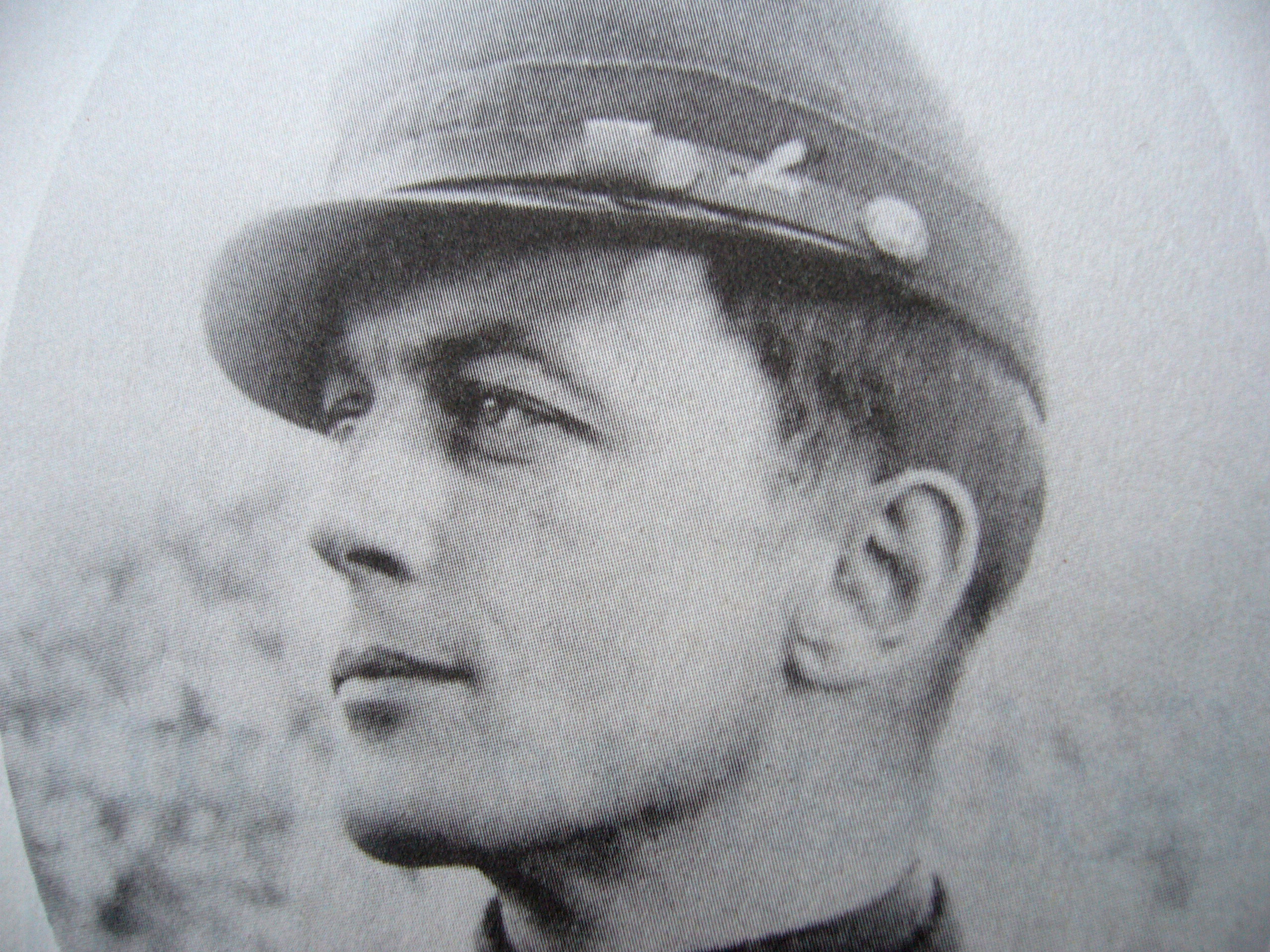
October 26, 1914: “A metre in front of our shelter there are four graves marked by crosses with caps hanging on them. They are four unfortunates killed not far from here in the basement of a house by a shell which blasted through the basement windows…”
November 2: “The Boche machine guns are raining down on us; the bullets pass over us. To my left I hear someone scream ‘Mother!’ then silence.”
December 1: “The order is given to break the beams, fix bayonets and to attack (…) We find ourselves in a zone being swept with bullets … dzing, dzing, dzing… Some die. They run, they jump, there are some who scream, there are some who laugh…”
But in the fight to the death for just a few meters of land, human values did not completely disappear. Entering a trench filled with dead bodies of the enemy, Barbey’s unit buried the dead despite the shells, which the enemy continued to rain down on them.
“Digging is easy but it’s moving these poor, mutilated, bodies that is the hardest part.”
Struck in the head and shoulder by two bullets, Barbey was evacuated from the front and discharged in 1916. When, in the late 1920s, the former “poilu” and historian Jean Norton Cru began collecting witness accounts from the war, he was in raptures about Barbey’s account.
“A pure jewel (…) Reading this journal, I wonder if there is his equal in describing the day to day life of a soldier.”
The Binet-Valmer adventure
As much as Barbey is sombre and precise in his description of combat, Geneva’s Jean Auguste Gustave Binet de Valmer, who called himself Binet-Valmer, is more flamboyant. When war is declared, the 39-year-old writer has already published a dozen works. He applies for French nationality and goes to great lengths to be enlisted by General de Trentinian whom he met in the chic restaurants of the Bois de Bologne outside of Paris.
Trentinian is not interested but Binet-Valmer digs in his heels and becomes the general’s horseman. Promoted to logistics sergeant and then lieutenant in the tanks, Binet-Valmer lived his war as a writer-journalist. He tells of his exploits in twelve swashbuckling episodes published in the Journal.
Historian Norton Cru had little time for this attitude. “Binet-Valmer was a real musketeer, he wanted to have all the adventures of war, and he succeeded, without wanting to have the most common adventure, the most essential: that of the infantryman.”
As a judgement it’s a bit harsh. Binet-Valmer saw close combat in Ethe (Belgium) in August 1914, and was injured during the battle of Malmaison in October 1914.
The war of the trenches
In the new Encyclopaedia of the Great War (Tempus), historian Stéphane Audoin-Rouzeau writes of the birth of trench warfare.
In September 1914, the day after the battle of Marne, “exhausted by the immense efforts of the previous weeks, the soldiers spontaneously dig ‘fox holes’ with the aim of protecting themselves from flying bullets. Bit by bit the individual holes link up, forming the first trench lines. The German infantry, better trained in battle fortifications, seem to have set the example for this systematic burrowing into the ground and were subsequently accused by the Allies of having degraded the traditional methods of warfare.”
During the war of the trenches, the two sides were separated by a zone of extreme danger: no man’s land. The war became essentially a defensive war. In order to breach the immovable trench lines, the French and German army leaders attempted to break through, most of the time without success, until 1918.
(Translated from French by Sophie Douez)

In compliance with the JTI standards
More: SWI swissinfo.ch certified by the Journalism Trust Initiative
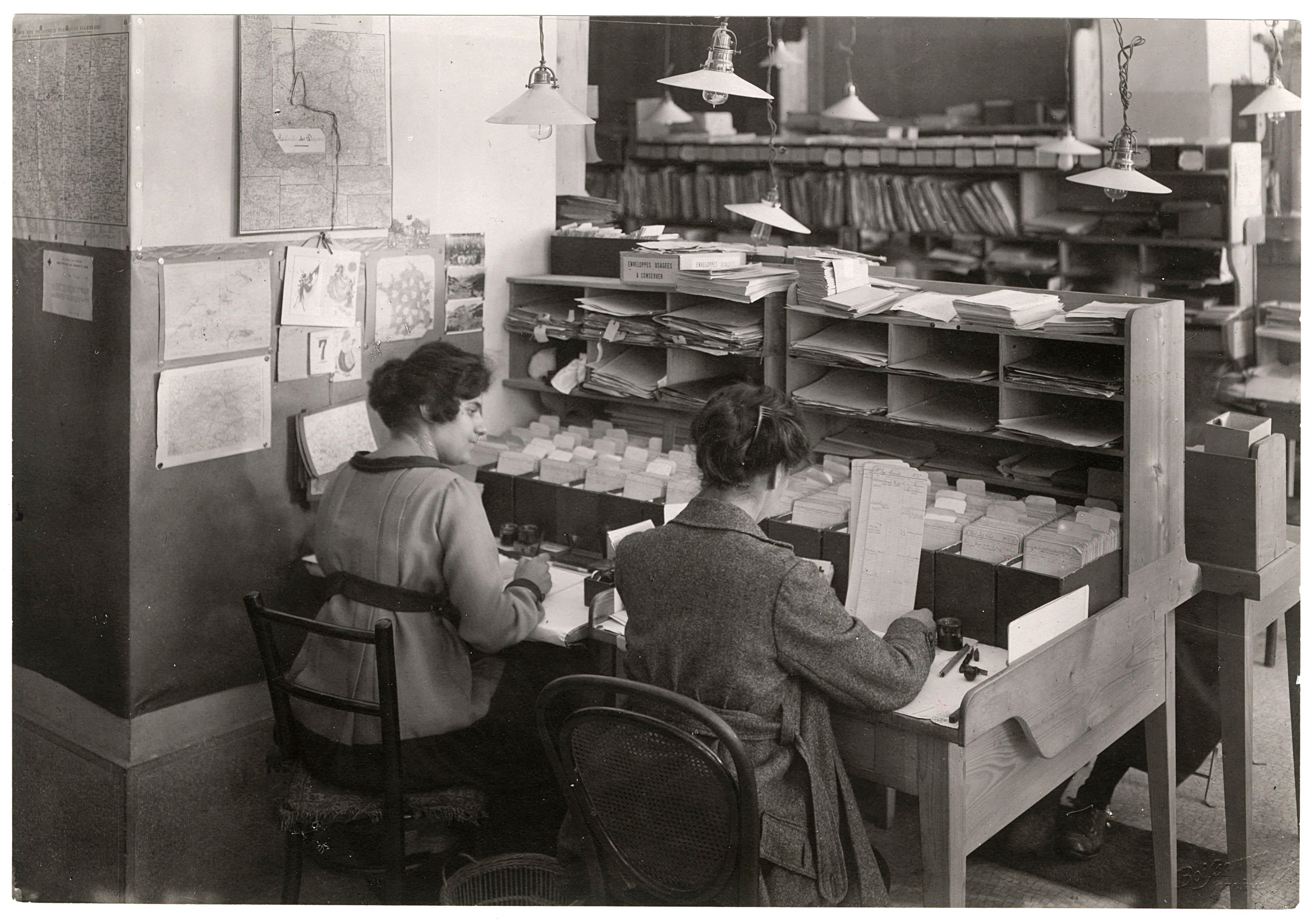
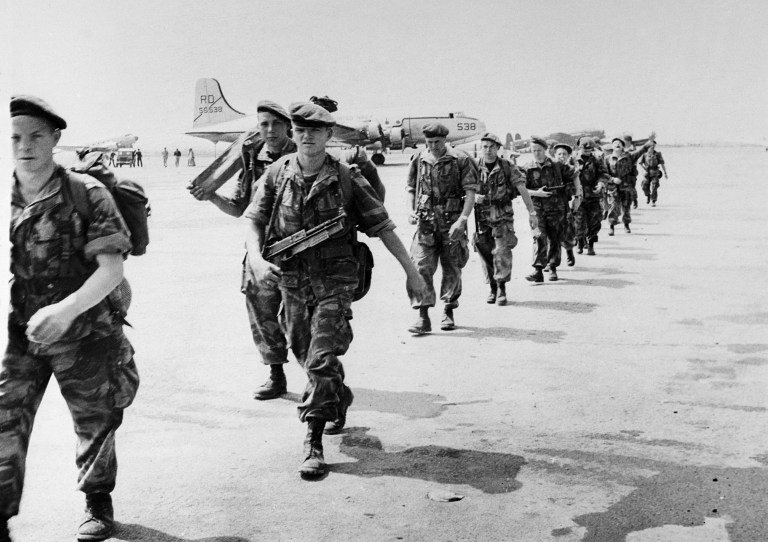
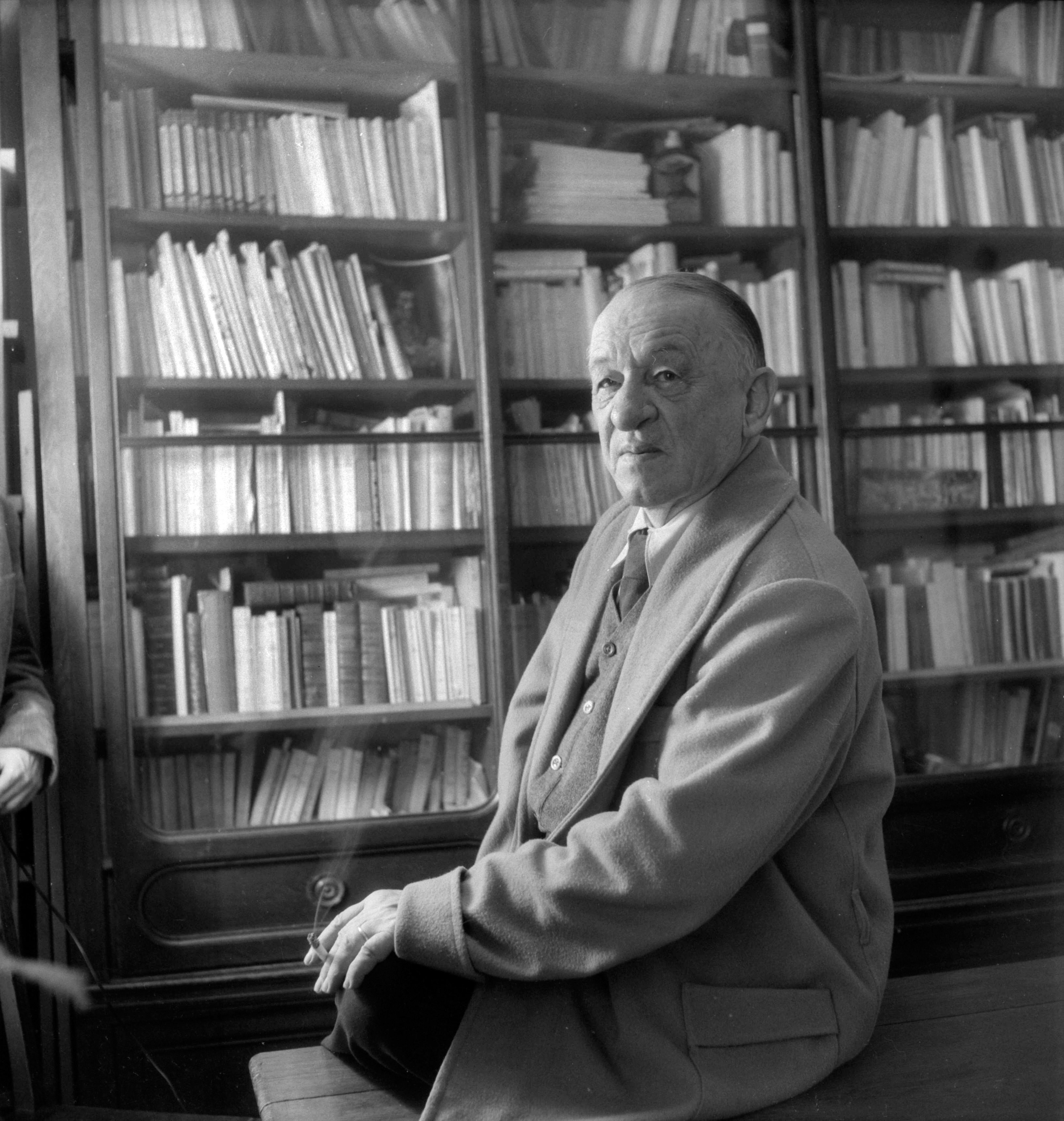
You can find an overview of ongoing debates with our journalists here. Please join us!
If you want to start a conversation about a topic raised in this article or want to report factual errors, email us at english@swissinfo.ch.